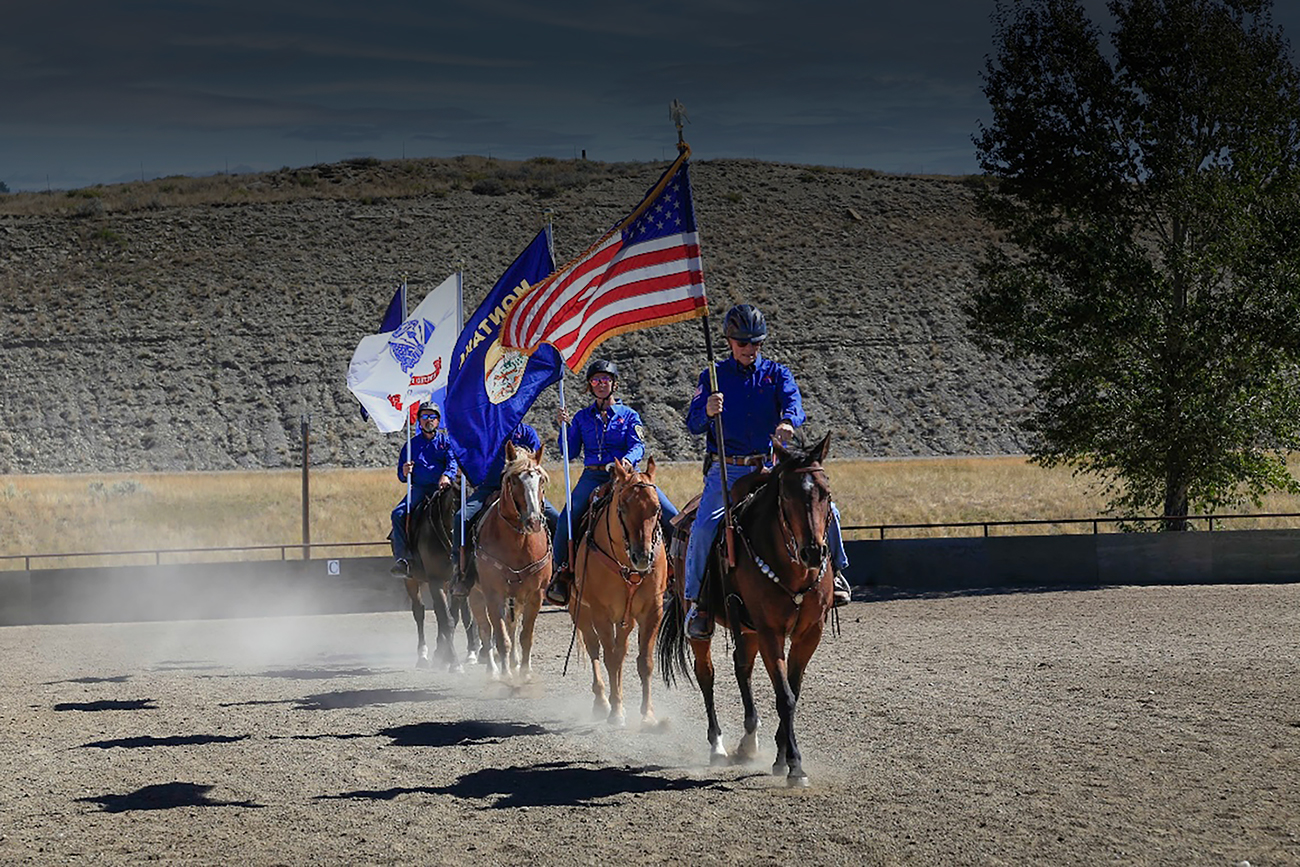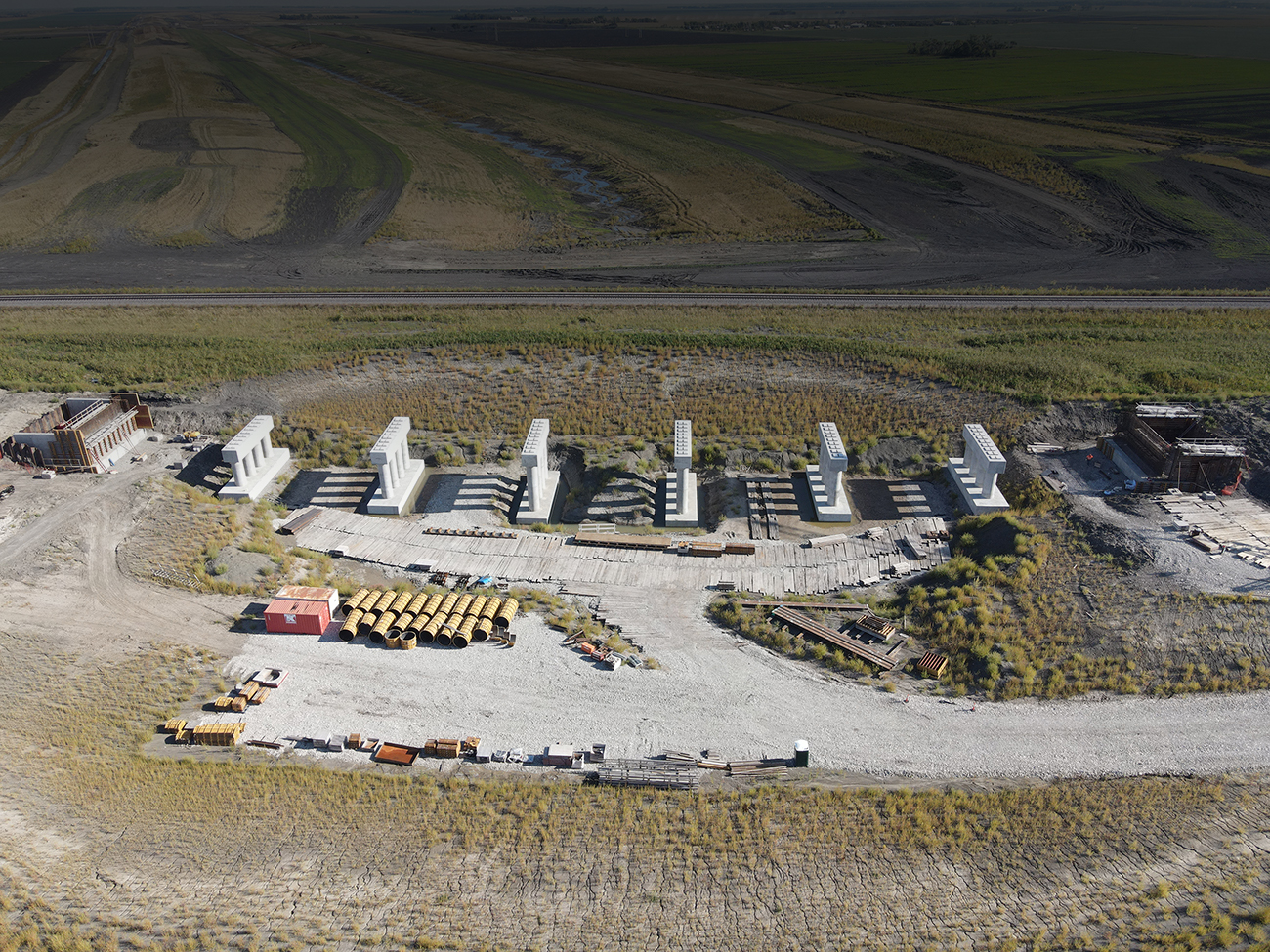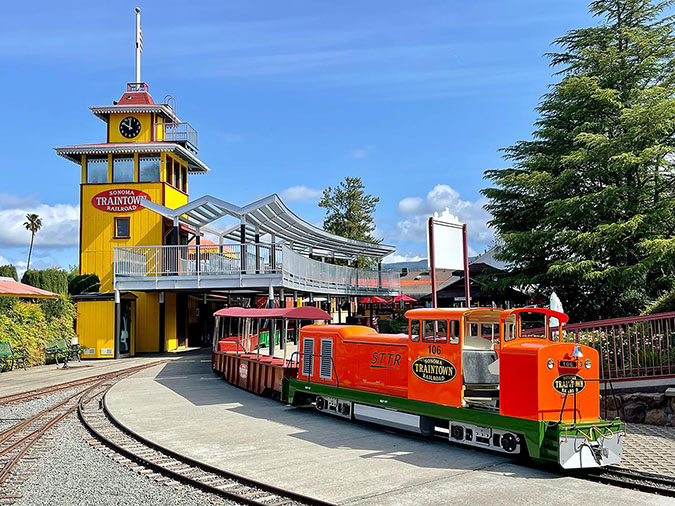
Former BNSF locomotive engineer reflects on family legacy operating Sonoma Train Town
By EUNICE ARCHILA
Staff writer
Robert (R.B.) Frank has worn many hats: husband, father, grandfather, son, locomotive engineer and business owner. He tries to pass down the lessons he's learned over the years to his family, employees and amusement park visitors.
In 1959, R.B.'s father, Stanley Frank, purchased the 10 acres where Sonoma Train Town (Train Town) now operates. R.B. was 10 when his dad began building Train Town and 14 when its doors opened to the public in 1968.
"My dad would put in extra hours laying track and supervising bulldozers," Frank recalled. "It was a one-hour commute from where we lived. We spent two hours in the car, talking about everything from railroad history to financial literacy."
His father, a printing industry veteran, table-top train model builder and Harvard grad, taught R.B. about economics, opportunity cost, case study analysis and more.
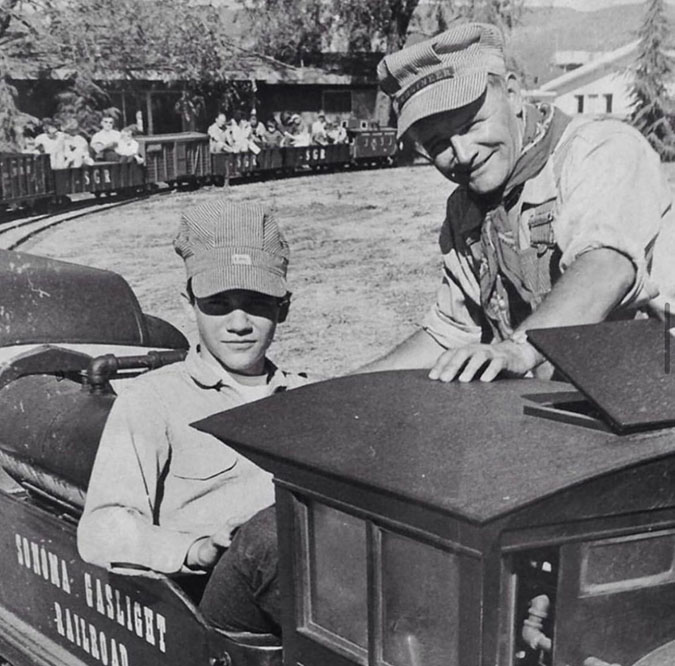
"Train Town's current reality far exceeds what my father fantasized and hoped for," Frank said.
Growing up, Frank and his parents often traveled by train. It wasn't until June 1969, as a freshman in high school, during a family trip to Yosemite National Park that he truly appreciated the magnificence of trains.
"We stopped near the Santa Fe Railway’s Merced (California) main line for breakfast," Frank recalled. "It was like a second coming, and it hit me like a ton of bricks. At 7 a.m. in the morning, a train passed us, and it was the coolest thing -- probably going about 45 mph."
For the rest of the trip to Yosemite, he couldn't get the image out of his head.
In high school, his teachers thought he would make a great lawyer.
"You should represent our class for a legal scholarship, you’ll make the best lawyer," they suggested.
But Frank had other plans. "No thanks, I want to work for the railroad," he replied.
As he celebrated his 70th birthday in July, Frank reminisced about his last run on November 30, 2014. That day marked the end of his 38-year career with Santa Fe and BNSF, which began back in 1976.
“To tell you the truth, I kind of miss that,” Frank said. “I miss the spiritual connection from overcoming gravity and friction, often with tens of thousands of horsepower. I miss my coworkers. We were like a family. Throughout my career, we all had such diverse backgrounds, from people with high school diplomas to PhDs. I always likened the railroad to the French Foreign Legion of American industry. The only thing we had in common was mutually reliant competence.”
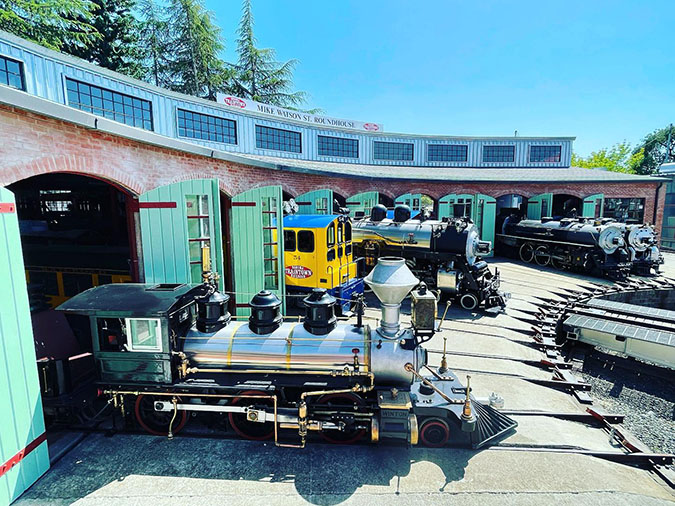
The morning Frank’s father passed unexpectedly, June 24, 1977, was the same day he was supposed to report to Topeka, Kansas, for locomotive engineer simulator training and testing. His supervisor told him to take a month off but asked him not to even think about resigning.
As the years went by, Frank spent his time off building up Train Town.
“I helped build the petting zoo, clock tower, elevated station platform, roundhouse, and much more,” he said. Train Town continued to mature enough to become economically self-sufficient, which gave Frank the opportunity to outsource help and devote more time to his railroad career.
During his time on the railroad, he wrote 27 railroad industry articles, with a few published in Railway Age.
Frank’s mark is evident through the people he interacted with, his published works and the people who visit and work at Train Town.
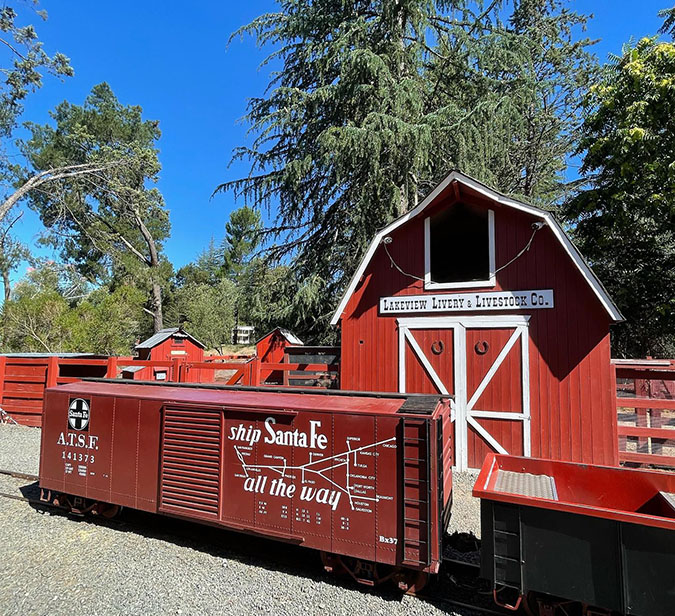
“The impact we've had on the students who've worked here over the years is what I’m most proud of,” he recalled. “We’ve had over 600 student employees come through these doors. Some tell me they learned more working at Train Town than they did in high school. "
The locomotives are Frank's favorite attraction at Train Town, with the station complex and 13-stall locomotive roundhouse as close seconds.
Train Town continues to be a family business with Frank's daughters Veronica, Monica, Lonica, and his wife Barbara helping run it.
If you're in the Sonoma, California area, Train Town is a popular attraction. Visitors can enjoy the carousel, a mine train roller coaster, an airplane ride, petting zoo, tugboat, scrambler, Ferris wheel and a quarter-scale railway that carries up to 200 passengers per train. “Such is the capacity of rail -- even when the rails are only 15 inches apart.”

